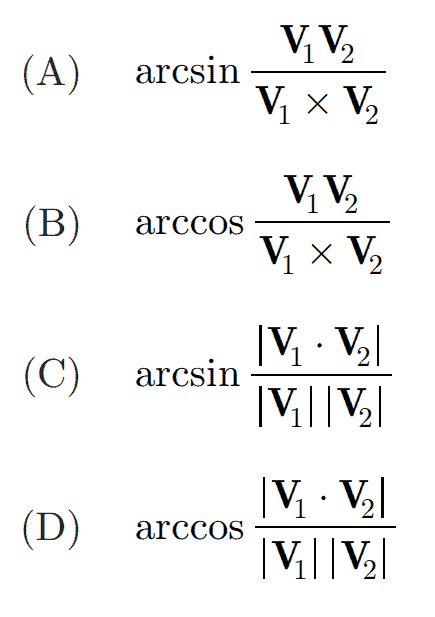Does a master’s degree help you take the PE Exam quicker? In this article (and video above), I answer that question and also cover some of the other benefits of getting your master’s degree.
To get right to the point here, in many states, you reduce the amount of qualifying engineering experience, which is typically 4 years for a PE license, by one year with a Master’s Degree in engineering. However, you will likely need to complete your degree before it will count, you will not get credit for a degree that you are working towards. It is very important that you check your state board’s website to be certain, though, because every State has their own requirements related to the Master’s degree credit.
[Read more…] about Does a Master’s Degree Help You Take the PE Exam Quicker?

